|
|
|
The Colosseum or Coliseum, originally the Flavian Amphitheatre (Latin: Amphitheatrum Flavium, Italian Anfiteatro Flavio or Colosseo), is an elliptical amphitheatre in the centre of the city of Rome, Italy, the largest ever built in the Roman Empire. It is one of the greatest works of Roman architecture and engineering.
Occupying a site just east of the Roman Forum, its construction started between 70 and 72 AD under the emperor Vespasian and was completed in 80 AD under Titus, with further modifications being made during Domitian's reign (81–96).[1] The name "Amphitheatrum Flavium" derives from both Vespasian's and Titus' family name ("Flavius, from the gens Flavia).
Originally capable of seating around 50,000 spectators, the Colosseum was used for gladiatorial contests and public spectacles. It remained in use for nearly 500 years with the last recorded games being held there as late as the 6th century. As well as the traditional gladiatorial games, many other public spectacles were held there, such as mock sea battles, animal hunts, executions, re-enactments of famous battles, and dramas based on Classical mythology. The building eventually ceased to be used for entertainment in the early medieval era. It was later reused for such varied purposes as housing, workshops, quarters for a religious order, a fortress, a quarry and a Christian shrine.
Although it is now in a ruined condition due to damage caused by
earthquakes
and stone-robbers, the Colosseum has long been seen as an
iconic symbol of
Imperial Rome. Today it is one of modern Rome's most popular tourist attractions
and still has close connections with the
Roman Catholic Church, as each
Good
Friday the Pope
leads a torchlit
"Way of the Cross" procession to the amphitheatre.
The Colosseum is also depicted on the Italian version of the five-cent euro coin.
http://en.wikipedia.org/wiki/Roman_Colosseum
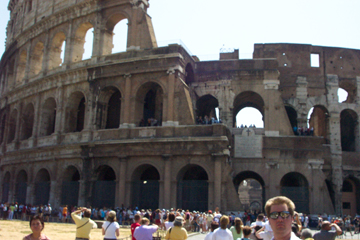 Outside Colosseum |
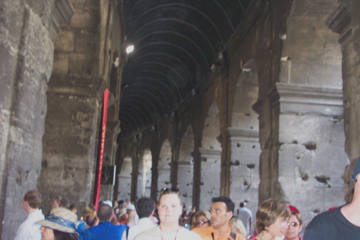 Under Exterior Arch of Colosseum |
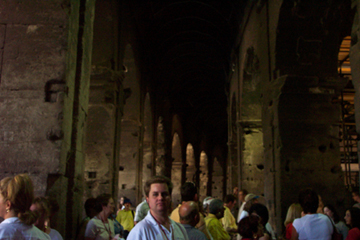 Under Exterior Arch of Colosseum |
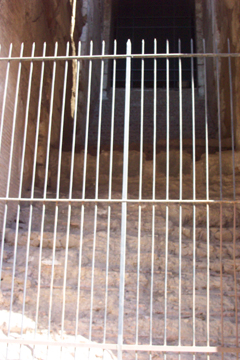 Steps to Upper Levels Inside |
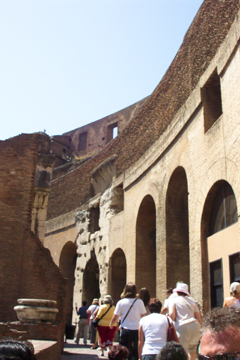 Interior Walkway to seats |
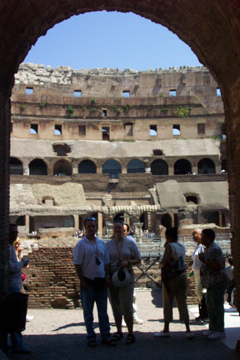 D & A in archway of Colosseum |
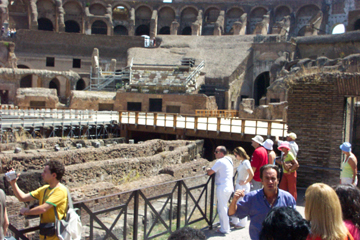 Notice halls under 'floor' area |
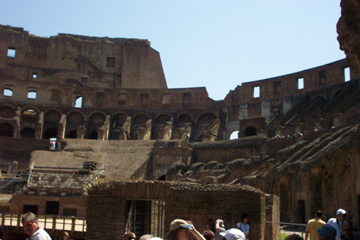 Upper Seating Areas |
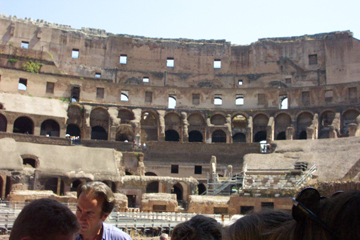 Notice covered seating areas |
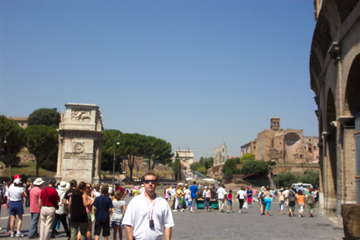 D outside Colosseum in front of Forum/Arch of Titus |
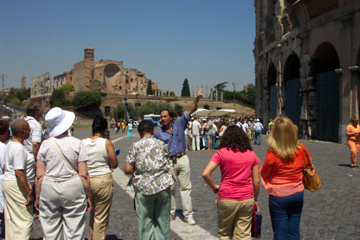 Line marks end of ancient Rome |
 Arch of Titus in Forum near Colosseum |
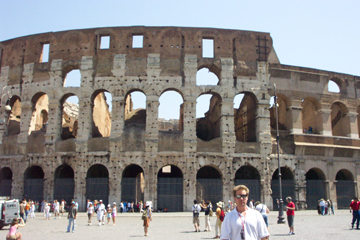 D Outside Colosseum |
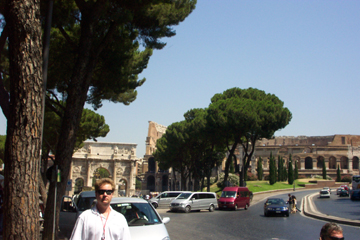 D at Colosseum area |
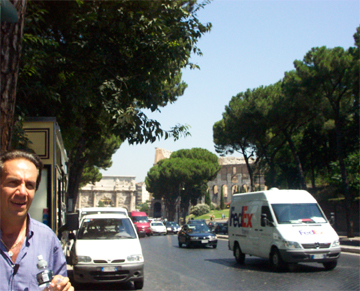 Road at Colosseum |
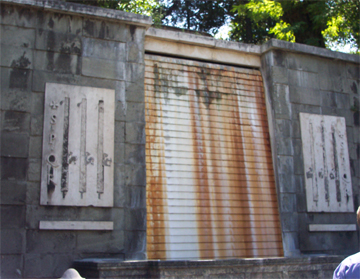 City Wall
City Wall

Inside the Colosseum - walls on either side are lower and can let in more of the
setting sunlight